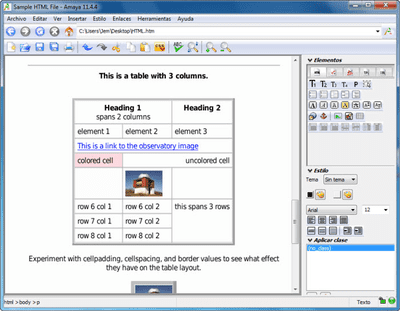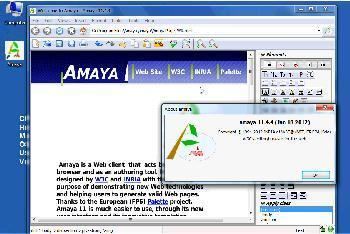Written in C Initial release date July 1996 Programming languages C | Operating system Website w3.org/Amaya Stable release 11.4.4 Downloadable Yes | |
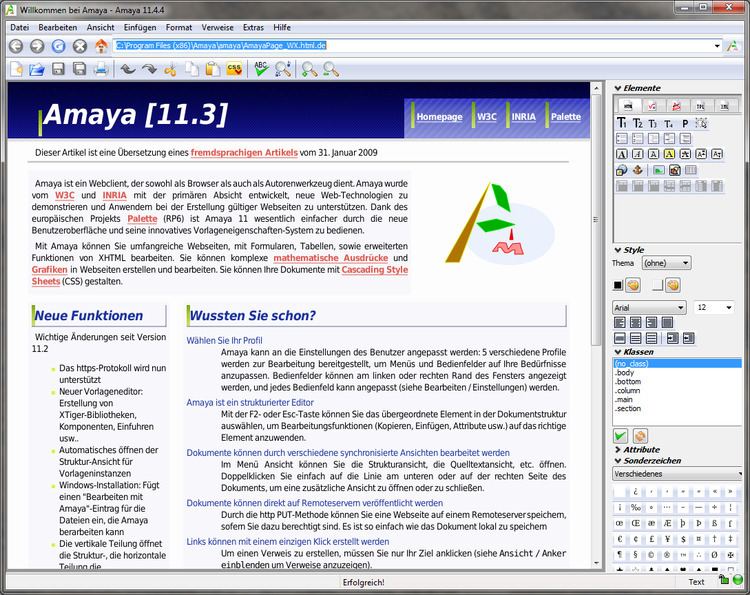 | ||
Preview release 11.4.7 (July 23, 2013; 3 years ago (2013-07-23)) [±] Available in English, French, German, Spanish, Italian, Hungarian, Georgian, Norwegian, Portuguese, Russian, Japanese, Chinese, Finnish, Dutch, Slovak, Ukrainian Developers World Wide Web Consortium, French Institute for Research in Computer Science and Automation | ||
Building a web site using amaya web editor and free templates
Amaya (formerly Amaya World) was a free and open source WYSIWYG web authoring tool with browsing abilities.
Contents
- Building a web site using amaya web editor and free templates
- Create an entire website in amaya
- History
- Features
- Codebase timeline
- A test bed application
- Naming and logo
- References
It was created by a structured editor project at the INRIA, a French national research institution, and later adopted by the World Wide Web Consortium (W3C) as their testbed for web standards; a role it took over from the Arena web browser. Since the last release in January 2012, INRIA and the W3C have stopped supporting the project and active development has ceased.
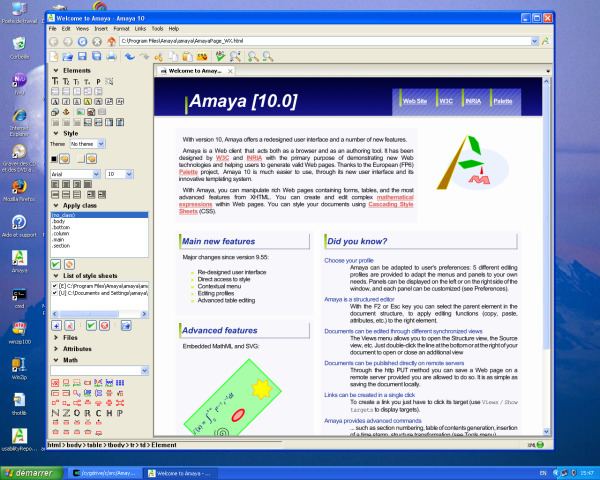
Amaya has relatively low system requirements, even in comparison with other web browsers from the era of its active development period, so it has been considered a "lightweight" browser.
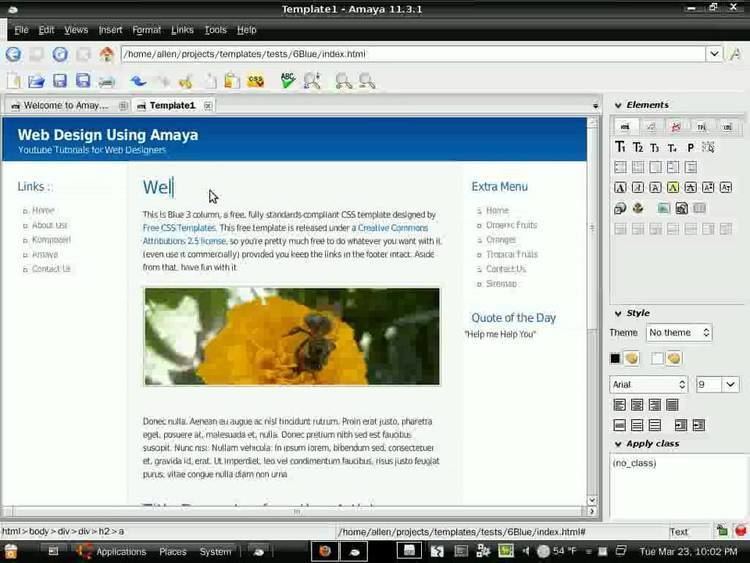
Create an entire website in amaya
History
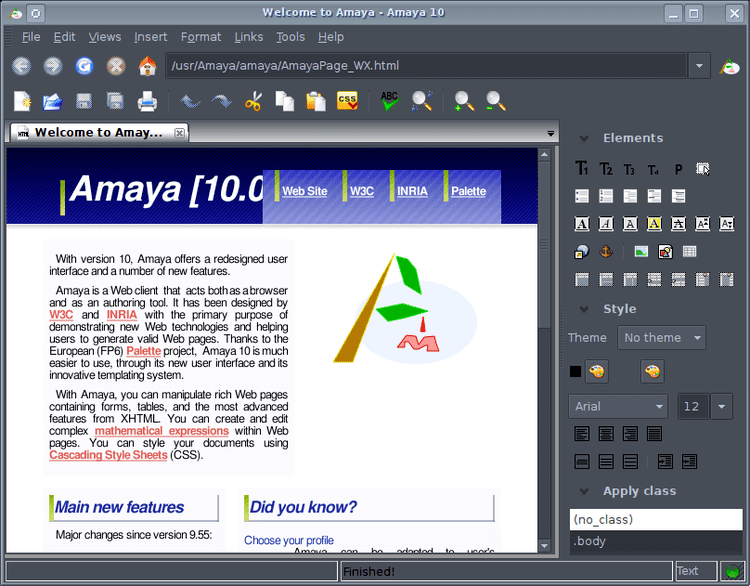
Ramzi Guetari joined the team in October 1996. Daniel Veillard was responsible for the integration of CSS in Amaya and maintained the Linux version.
The last change of code of Amaya was on Feb 22, 2013.
Features
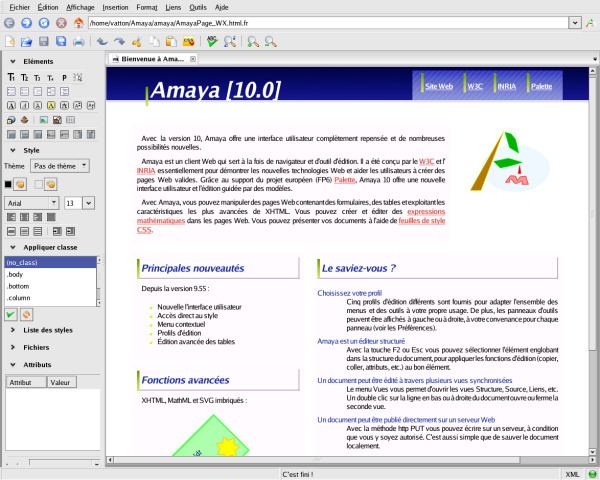
Codebase timeline
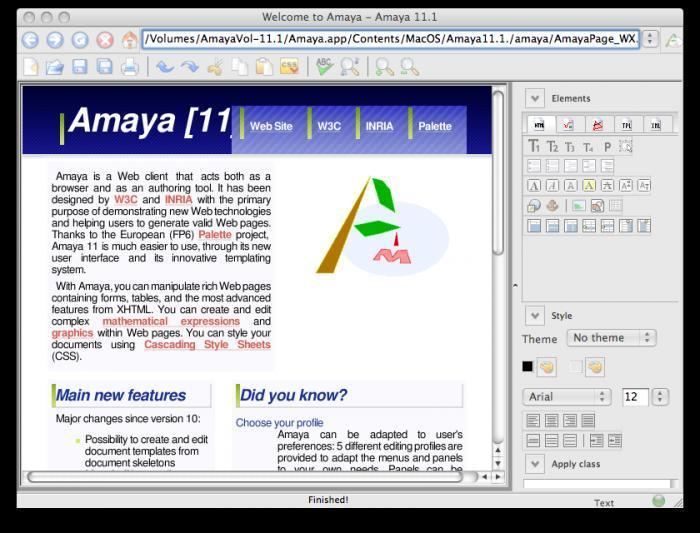
Amaya originated as a direct descendant of the Grif WYSIWYG SGML editor created by Vincent Quint and Irène Vatton at INRIA in the early 1980s, and of the HTML editor Symposia, itself based on Grif, both developed and sold by French software company Grif SA.
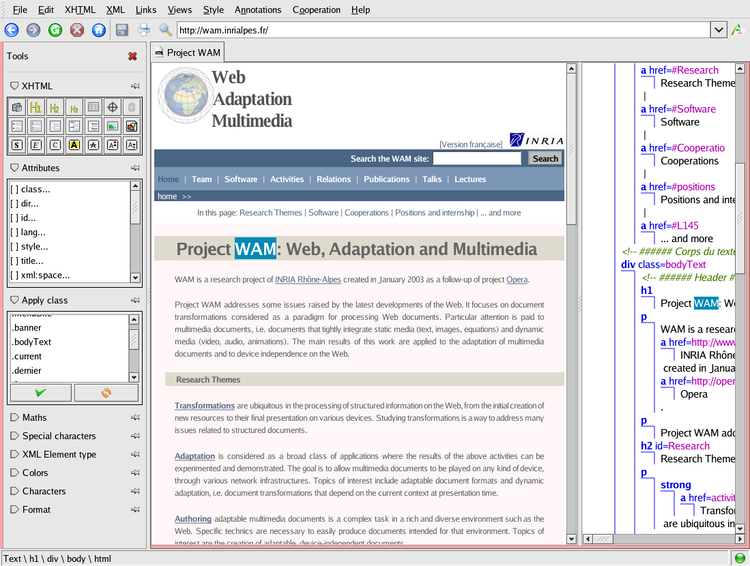
Originally designed as a structured text editor (predating SGML) and later as an HTML and Cascading Style Sheets (CSS) editor, it was then expanded to include XML-based capabilities such as XHTML, MathML and Scalable Vector Graphics (SVG).
A test bed application
It was used as a test-bed for new web technologies that were not supported in major browsers.

Amaya was the first client that supported the RDF annotation schema using XPointer. The browser was available for Linux, Windows (NT and 95), Mac OS X, AmigaOS, SPARC / Solaris, AIX, OSF/1.
Naming and logo
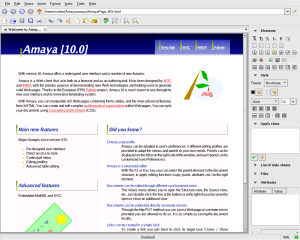
Amaya was formerly called Tamaya. Tamaya is the name of the type of tree represented in the logo, but it was later discovered that Tamaya is also a trademark used by a French company, so the developers chose to drop the first letter to make it "Amaya".
